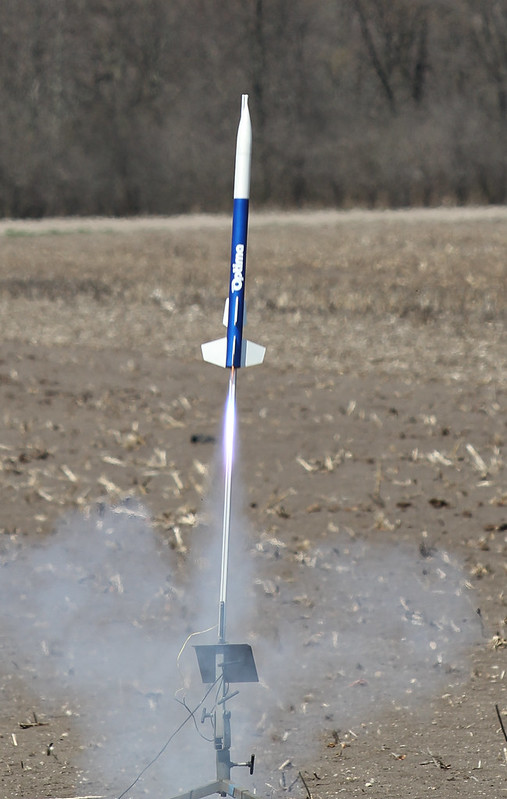- Joined
- Sep 5, 2009
- Messages
- 3,534
- Reaction score
- 1,660
I think an Aerotech kit with F and G, 29mm single use or reloads with the 29/40-120 case are a good next step up.
^ Finally, a sensible recommendation. There is a whole class called Mid Power Rocketry (MPR) that nicely introduces you to the next level of performance and construction techniques. The first time you fire a 29mm White Lightening composite motor in the schoolyard (after launching nothing but BP motors) you will be blown away.
These posts crack me up. The newbie has an Estes rocket, and you guys are already recommending fiberglass, 54mm motor mounts, and L2 certification.




